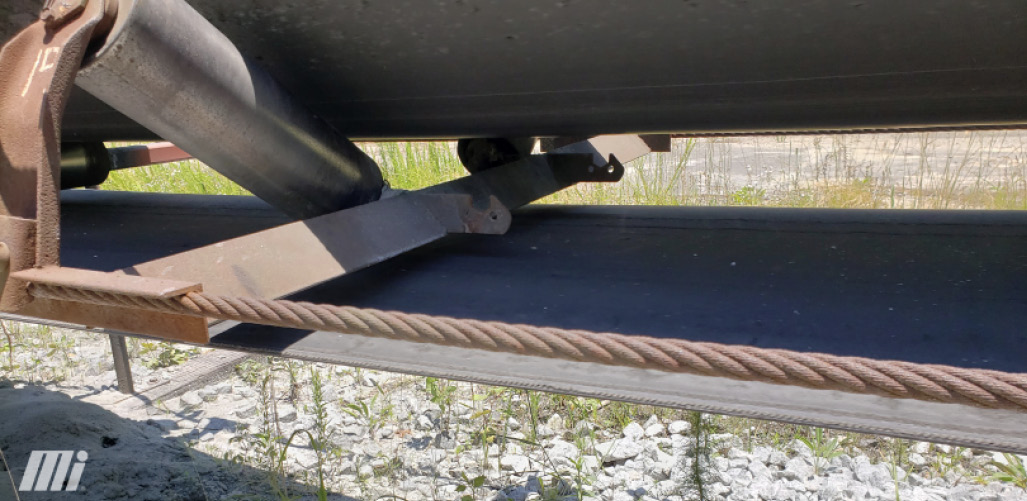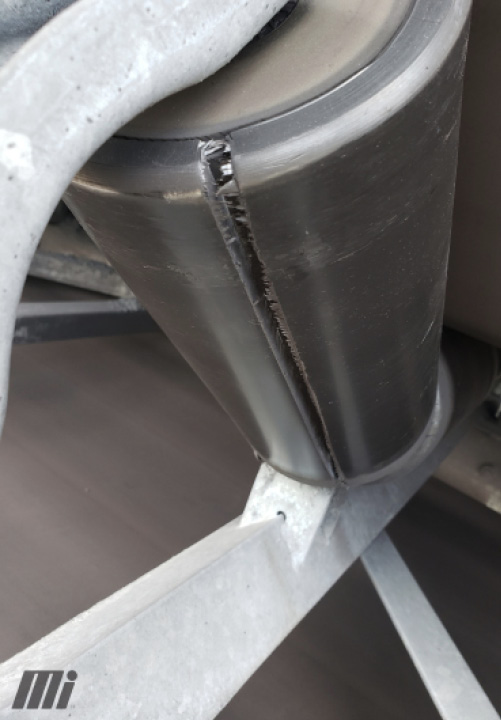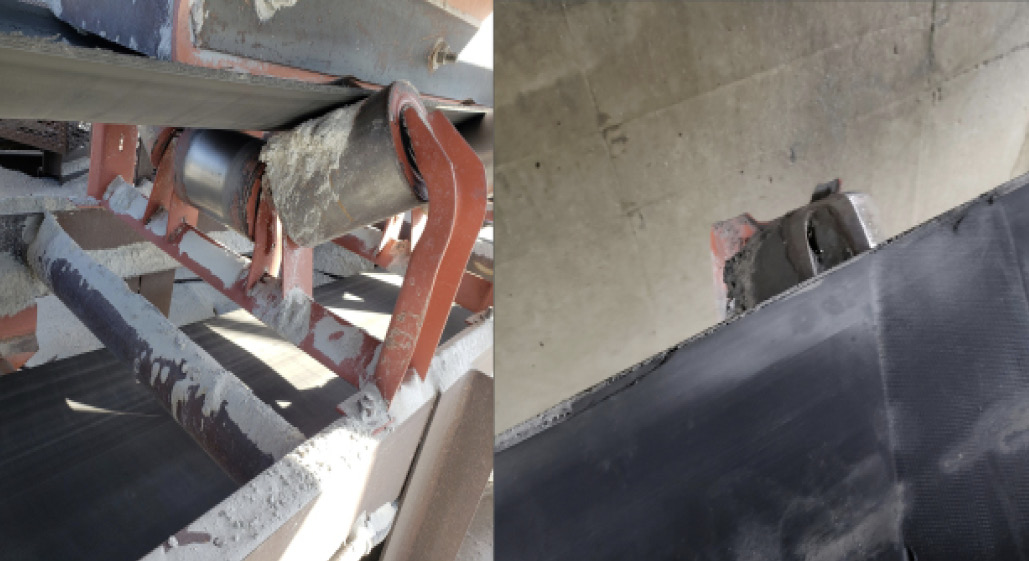Maximizing Efficiencies Is A Battle. Half Of That Battle Is Knowing What To Look For And What Changes Can Affect The Overall Flow.
By Jason Crain

Many aspects of an operation can affect production efficiencies – from the people to the product flow, the type of equipment used and the individual equipment components. And we need to understand that increasing production does not always result in increasing efficiencies. I believe maximizing efficiencies is a battle. Half of that battle is knowing what to look for and what changes can affect the overall flow.
As technology advances, we can better identify components and procedures being robbed of their full efficient potential. Time studies can be run to confirm no unnecessary movements or processes. At the same time, component testing can be performed to ensure quality while giving parameters of the performance and lifecycles.
Technological innovations allow us to increase production, but we must understand how changing components to increase capacities can sometimes affect overall production efficiency.
How often have you heard, “They don’t make them like they used to”? That is true in many ways. Take personal vehicles as an example. When we compare the same makes and models over the years, there are obvious changes. These may include a lighter frame body, suspension change, and even complete engine rebuilds. Each of these changes comes with positives and negatives.
For instance, most engines have evolved around the vehicle’s needs, supplying just enough power and torque for that vehicle to maximize fuel efficiencies. But if we run the motor beyond its designed capacities, the efficiencies can drop to levels even below its predecessor.

Like vehicles, newer conveyors and components are designed to handle the process. However, an operation must understand that many components can take only very specific production levels. And increasing production beyond the designed capabilities can cause early part failure.
For example, conveyor belts are designed around multiple factors and components to determine which belt is needed for specific applications. Because of these products’ technological advances and engineering, belts and components must fit the application exactly. This allows you to choose a belt that is strong enough to handle the designed load but light enough to allow more efficient power units and components for that conveyance system.
One of the biggest mistakes I see in the field is operations looking at a belt on a newer system, deciding that more capacity is available, and “turning it up” to increase efficiencies and overall production. (See “More and Bigger Are Not Always Better,” Rock Products, August 2022.)
However, without properly analyzing the system, this can result in a failed component. Typically, I see that the conveyor belt will fail first: the primary wear item. The facility’s most common response to belt failure is installing a thicker, stronger belt. In some cases, this fixes the immediate issue of handling the load of the increased production. But this misses the additional wear and tear on the other components that were not upgraded along with the belt. In many cases, this is not realized until it is too late.
One example was a recent customer with a small aggregate plant and a new stacking conveyor. The facility started falling behind in the growing demand, so they decided to turn it up.
With the belt seeing most of this increase in production, they started wearing through and tearing belts faster than normal. Knowing that this item would wear out quicker with more production, they decided to buy a bigger, stronger belt – a logical choice. This change seemed to work initially, but soon after, multiple bearings broke down, the troughing and return idlers failed, and finally, the drive motor failed.
At first, the customer assumed this was the normal life expectancy of the components and replaced each item as needed. Soon, all the old components were replaced, and some new ones started to fail. One after the other, parts that had originally lasted multiple years were failing in months. This didn’t bode well with the customer, who thought the product quality had diminished.
Frustrated with the continual downtime, the customer called us to investigate. We started our survey and ran a system analysis to find that the original engineering was designed for a specific max load. The customer explained that there appeared to be space and capacity on the belt, so they turned it up, utilizing that capacity and increasing process efficiencies.
The issue was that the increased production put more strain and wear on the components. Like driving a pickup truck down the freeway at about 60 mph on a flat road with high-efficiency tires, you may get the best gas mileage designed for that vehicle. But if you load up with multiple passengers, fill the truck bed with rocks, and tow a trailer loaded to the max … well, that gas mileage will drop significantly. A truck is designed to do each of these things, but maximizing all the capabilities at once substantially reduces the vehicle’s efficiency and life.
In this case, the belt was upgraded to handle the new desired load, but the other components were not simultaneously upgraded. They were operating beyond their designed capacities, significantly reducing their cycle life. To help solve this customer’s issue, we worked with them to run a new thorough survey, reviewing all components and desired production rates. We developed estimates and life expectancies for products that fit within the customer’s needs and production requirements, as well as components that allow for future growth.
That brings me to my next example. I had another customer looking to save a few dollars on some troughing idlers. He explained that he had just been visited by a rep for an idler company who reviewed his equipment design capacities and presented an offer to reduce costs.
However, my customer did not realize that this rep did not consider this facility’s entire history or capacity. Like the previous example, our customer had increased production and components per our survey recommendations. But seeing this great sales pitch for a significant price reduction on parts, our customer decided to go with this cheaper product. In this case, the rollers could not handle the higher demands.
It’s critical to know that troughing rollers have many different production grades, each rated based on its life cycle at specific max loads. Conveyor systems are designed with components that will reach full life cycles based on specific max loads for a particular duration. And as technology and designs keep improving, that window can get smaller to ensure you do not pay for more than you need.
In my customer’s case, the components supplied were high quality with a long history of being a top product in the industry. But just like everything else, these were produced to meet specific standards.
Unfortunately, the less-expensive idlers met the original design production but not the maximum production levels this facility was currently running. This significantly reduced their life cycle, causing early replacement and higher total costs than they would have paid for the upgraded components we offered.
So, how do you maximize your efficiencies without causing these issues? First, conducting a full survey and communicating well with customers and suppliers ensures you get the right components in the right application. Then, understand your needs for today and the future based on your growth plan – and share those needs with trusted suppliers. Planning for the future instead of what works right now is a big step and can help prevent scenarios of installing good products in the wrong application.
If you want to increase your efficiencies and grow production rates, work with your local conveyance supplier to find the technology and engineering advances that meet your current and future production needs.

Jason Crain is business development manager – heavy-duty (HD) fabricated, with Motion Conveyance Solutions. He has been in the conveyor belt/systems industry for more than 27 years. He started in the field with installs and teardowns, then transitioned to custom-fabricated operations and sourcing. Crain helps customers find solutions to their needs or problems. All photos courtesy of Motion. For more information, visit MiConveyanceSolutions.com.
